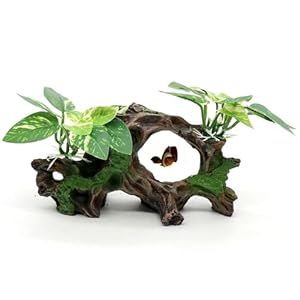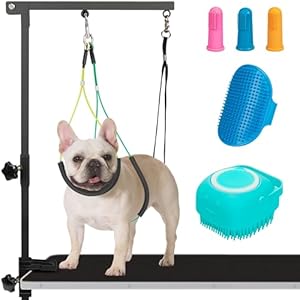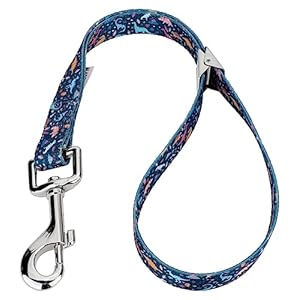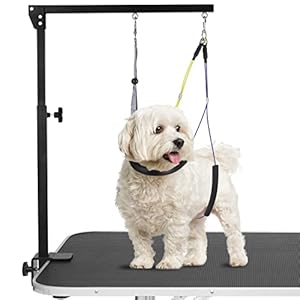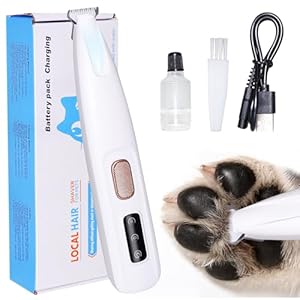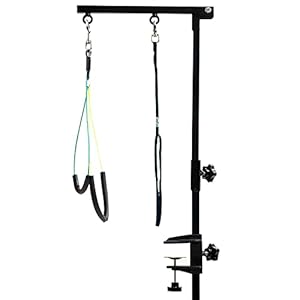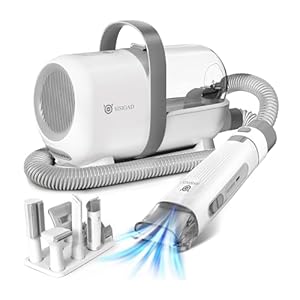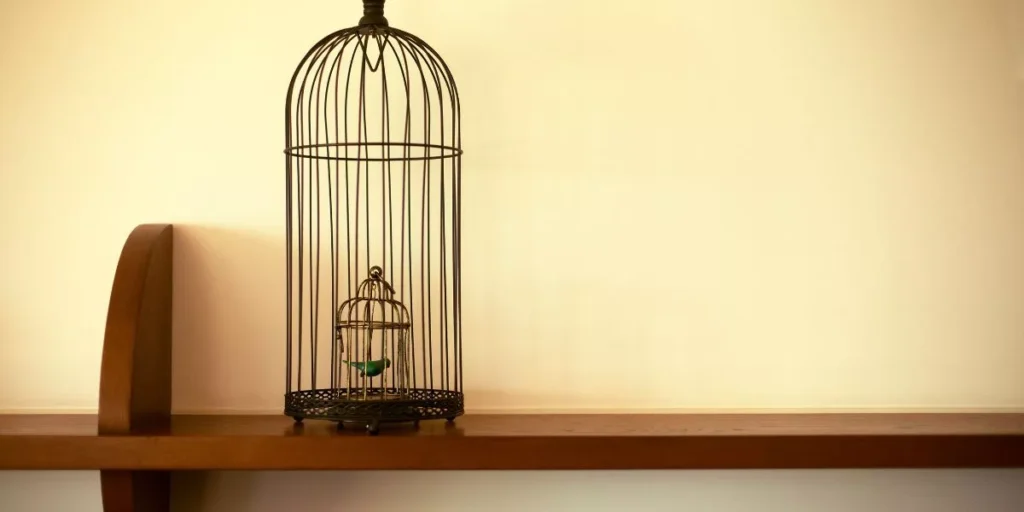

Ensuring the proper placement of your pet’s cage within your home is vital for their well-being. Consider how the location impacts their daily routines, comfort, and overall happiness. The position of the cage can influence their behavior and health significantly. By strategically positioning the cage, you create a space where your pet can thrive and feel secure. The right placement can make a world of difference in how your furry friend interacts with their environment and with you.
Benefits of Proper Cage Placement
Placing your pet’s cage near natural light sources can enhance their well-being and promote healthy sleep patterns. Natural light exposure helps regulate your pet’s internal clock, ensuring they maintain a consistent sleep-wake cycle. This can lead to improved mood, energy levels, and overall health for your furry friend.
Additionally, positioning the cage near windows or areas with natural light allows your pet to experience the changing patterns of daylight, which can provide mental stimulation and prevent boredom. Watching the outdoor environment, even from indoors, can keep your pet engaged and curious, reducing stress and promoting a sense of well-being.
Moreover, natural light is essential for the production of Vitamin D, crucial for your pet’s bone health and immune system. By allowing your pet access to natural light, you’re supporting their physiological needs and helping them thrive. So, next time you consider where to place your pet’s cage, remember the significant benefits of natural light exposure.
Factors to Consider When Placing Cage
Consider the size of your pet and their specific needs when determining the ideal placement for their cage in your home. Larger pets like dogs or rabbits may require more space and a location where they can move around comfortably. Smaller animals such as birds or hamsters might prefer a quieter area away from high traffic zones in your house.
Another factor to consider is the temperature and lighting in the chosen location. Make sure the cage isn’t exposed to direct sunlight or drafty areas that could make your pet uncomfortable. Additionally, placing the cage near a window can provide natural light, but be cautious of extreme temperatures.
It’s essential to think about the noise level in the placement area. Pets can get stressed in loud environments, so try to position their cage in a quieter part of your home. Lastly, consider the proximity to electrical outlets for any heating or lighting elements in the cage. By taking these factors into account, you can ensure a suitable and comfortable environment for your beloved pet.
Ideal Locations for Pet Cages
To ensure the optimal comfort and well-being of your pet, select suitable locations within your home for their cage that align with their size, needs, and environmental requirements.
For small pets like hamsters or birds, placing their cages in quieter areas away from high traffic zones can help reduce stress. Make sure the location provides adequate ventilation and natural light without direct exposure to drafts or sunlight.
Larger pets such as dogs or rabbits may benefit from having their cages in areas with enough space for movement and interaction. Consider placing their cages in rooms where the family spends most of their time to promote socialization and bonding.
Additionally, placing cages away from areas with extreme temperatures or humidity levels is crucial for maintaining your pet’s health and well-being. By choosing the right locations for your pet’s cage, you can create a comfortable and safe environment that meets their needs.
Tips for Maximizing Cage Placement
For the best cage placement, prioritize assessing your pet’s natural habits and daily routines to ensure their comfort and well-being. Start by observing where your pet tends to spend most of its time in your home.
If your pet enjoys basking in the sunlight, consider placing the cage near a window with natural light. On the other hand, if your pet prefers quiet and secluded spaces, choose a more secluded area for their cage.
Additionally, take into account your pet’s feeding and watering schedule. Placing the cage near the kitchen might make it easier for you to maintain their feeding routine.
Moreover, consider the temperature and ventilation of the chosen location. Avoid placing the cage in drafty areas or near air vents that could make your pet uncomfortable.
Importance of Regularly Evaluating Cage Placement
Regularly reassessing the placement of your pet’s cage is crucial for ensuring their continued comfort and well-being in your home. Your pet’s needs and preferences may change over time, so it’s essential to evaluate if the current location is still suitable for them. Consider factors like temperature, lighting, noise level, and proximity to household activities. By regularly reviewing the cage placement, you can make adjustments to provide the best possible environment for your pet.
Additionally, evaluating the cage placement allows you to identify any potential safety hazards or discomforts that your pet may be experiencing. For example, if the cage is placed near a drafty window, it could lead to health issues for your pet. By staying vigilant and making necessary changes, you can prevent any adverse effects on your pet’s health and well-being.
Trending Products

